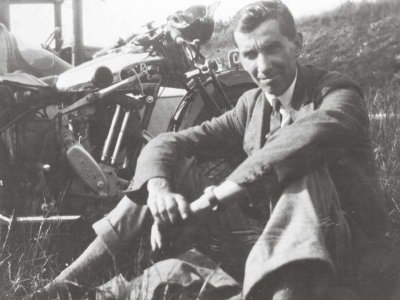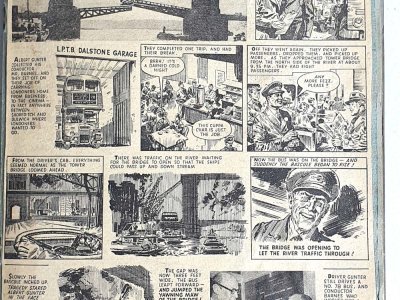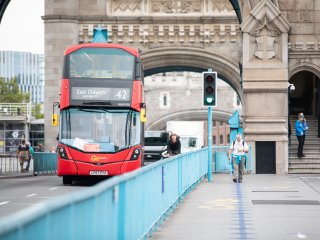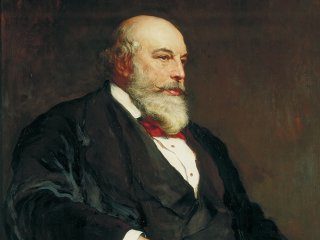Edward 'Ted' Forrest
A working life at the Bridge
Inside the Engine Rooms at Tower Bridge, you can find an old workbook containing a neatly written diary of the works undertaken at the Bridge across two years - 1933 to 1934. In its pages you will discover the names of the people employed to take care of the Bridge: Arthur William Cross, William Joseph Meager, C. Hale, W. Wood, Stanley Thomas Fleay, Charles Campbell Carley, Thomas Hayman and many more.
But there’s one name appears on almost every page: E. Forrest.



